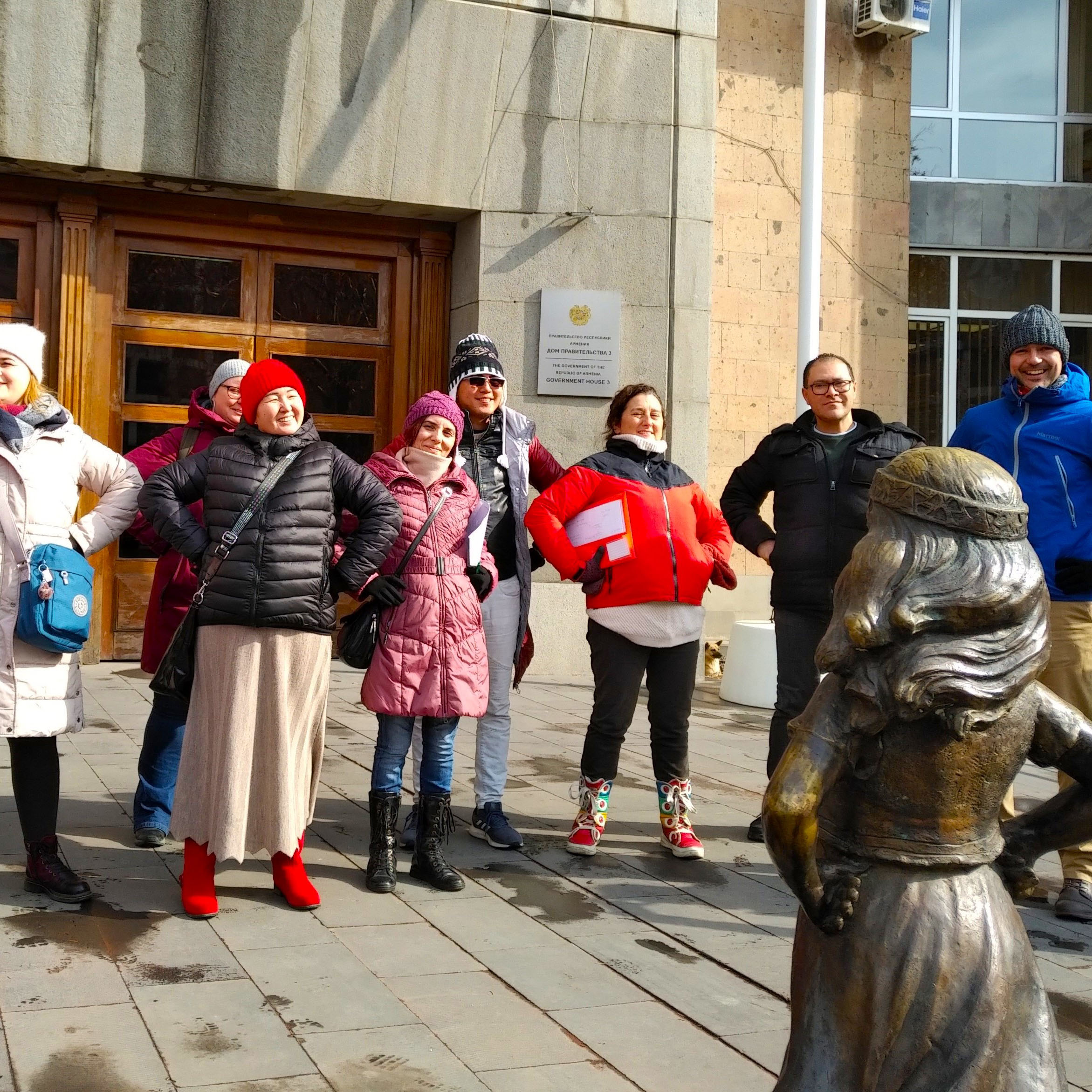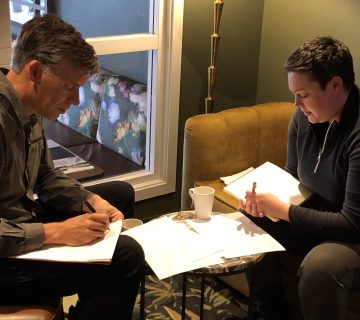Tourist guides overwhelmed by the demands of mass tourism: Can interpretation be a path to self-actualisation for guide and guests?
I’m a newbie to Interpret Europe. Yet, as a tourist guide, I see myself as a heritage interpreter. This is what I do every day when with visitors. Or is it? Am I really up-to-date? Am I making the most of my skills? If I’m honest, I also smell a whiff of disillusion with mass tourism. I needed some inspiration on how to get back to my vision of keeping tourism a force for good in the country I love to share with my guests.
My inbox had endless invitations to online events and this is how I came across this speaker from Interpret Europe – a timely opportunity?! I got talking to Max Dubravko-Fijacko, IE’s Gastronomic Heritage Coordinator and an IE trainer. Seeds were sown and plans came together. To cut a long story short, we were fortunate to gather a group of like-minded tourist guides for an IE Certified Interpretive Guide (CIG) course organised through the World Federation of Tourist Guide Associations (WFTGA) in heritage-heavy Armenia.
Five intensive, immersive and inspirational days later I am convinced of three things:
- Yes, I am a heritage interpreter and do a lot of it intuitively. The course gave me the confidence and substance to more fully embrace the interpretive approach.
- The course also gave me the vocabulary to communicate better with the many heritage interpreters beyond the tourist guide profession and who knows where this will take us.
- Interpretation will be my creative outlet in the harsh reality of (mass) tourism.
I realised that my training so far had given me a good introduction to interpretation, but first and foremost taught me the daily craft of functioning as a tourist guide in a commercial environment. Remember Maslow’s hierarchy of needs? Tourist Guides need to satisfy guests’ needs for safety, comfort, food, accommodation, toilet breaks, connectivity and create a friendly, human atmosphere with the guide, within the group and host community before they can concentrate on what we call commentaries and other interpretation professionals call ‘interpretive talk’. Often the ‘more basic’ needs take up most of the energy of tourist guides.
It was sheer luxury spending five days purely on creating content and commentaries and experimenting with stepping stones to offer pathways to deeper meaning – for guide and participants.
Admittedly the course may appear a bit intangible, but isn’t this true to the art of interpretation and guiding? How else can it be inspirational? How else can we arrive at our own meaning but through a process which includes the course. Now it is down to me to work on my own interpretive walk, to take stock and re-evaluate my current walking tours using the interpretive approach. There is no better time than now, when UNWTO urges us to re-think tourism and WFTGA encourages us to re-generate our profession. What part will the interpretive approach play in this endeavour? Time and determination will tell.
I’m immensely grateful to my WFTGA colleagues, who believed in the idea and supported the course and to Interpret Europe for providing our trainer and mentor.
Viola Lewis is a self-employed Tourist Guide in Scotland, UK, and trains tourist guides worldwide. Having worked in tourism for over 20 years she is a champion for sustainable tourism and Tourism for All and committed to keep re-thinking her relevance and approach. She can be contacted at: viola@ravingscotland.co.uk.
To cite this article: Lewis, Viola (2023) ‘Interpretation as the tourist guides’ creative outlet’ in Interpret Europe Newsletter 1-2023, pg. 10.
Available online: https://interpret-europe.net/wp-content/uploads/2023/03/PDF-Newsletter-2023_1-spring.pdf




